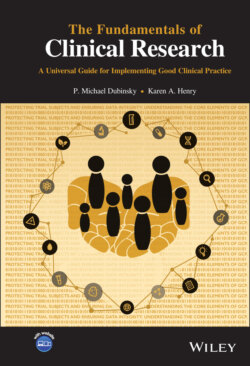Читать книгу The Fundamentals of Clinical Research - P. Michael Dubinsky - Страница 41
3.2.2 1.4 Pre‐Clinical Studies
ОглавлениеThe next step in the drug development continuum is for researchers to begin assembling data on whether the drug is toxic, i.e., is there laboratory data showing it might cause harm. The initial tests will be done via in vivo animal testing and/or in vitro laboratory experiments. This nonclinical study activity places researchers directly into the regulatory environment in that conducting such testing must be done following the Good Laboratory Practice (GLP) regulations at 21 CFR 58 if the drug is intended for the US market. See Plate 1 Nonclinical Studies‐The ICH has developed safety guidelines addressing carcinogenicity, genotoxicity, and toxicity which form a basis for preclinical studies to be submitted to most global regulatory authorities including the FDA. These safety guidelines were one of the initial actions of the ICH when it was first founded and resulted in harmonizing many differing global approaches. The ICH safety guidelines are adopted by the US FDA as good guidance practices While there are provisions in the FDA’s Investigational New Drug (IND) Applications regulations at 21 CFR 312, allowing use of data from animal studies not performed in compliance with GLP, once a firm has decided to pursue a drug development scheme they ought to be following the GLP regulatory requirements. Since many of the GLP animal studies, intended to be submitted to the FDA, are performed at a relatively small number of GLP testing facilities which are regularly inspected by the FDA it is likely that the laboratory’s work will have been evaluated for conformance with the applicable regulations. If there are issues with the data gathered during the nonclinical phase of study it may stand in the way of moving to human administration of the investigational product.
